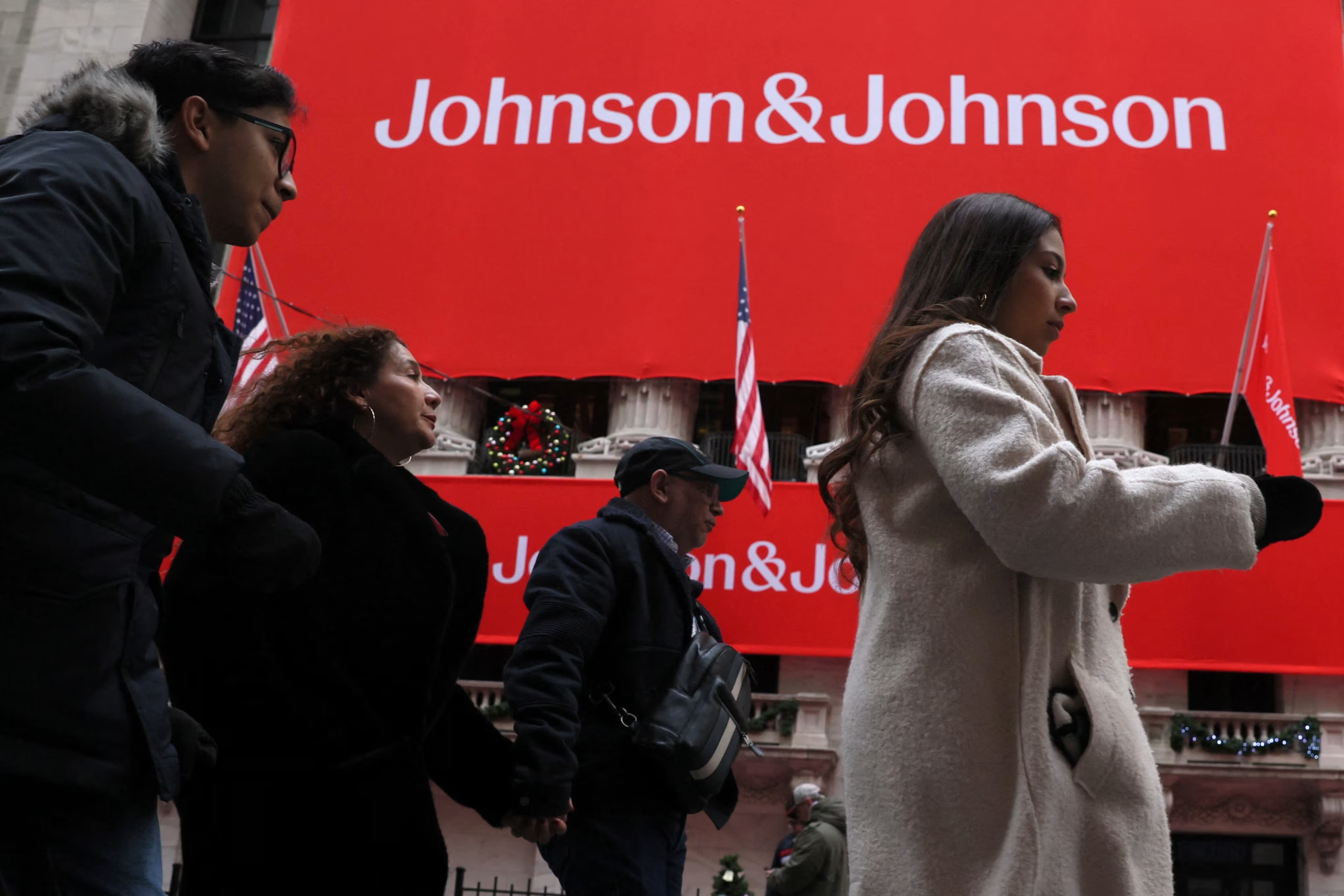Johnson & Johnson announced it will invest $2 billion over the next decade to expand its U.S. biopharmaceutical manufacturing capacity, with a major new facility in North Carolina forming the centerpiece of the initiative.
The company will establish a 160,000-square-foot manufacturing facility at Fujifilm’s new biopharmaceutical site in Holly Springs. The investment will create approximately 120 new jobs in the state and represents a significant step in Johnson & Johnson’s strategy to strengthen the pipeline of medicines manufactured domestically.
“With the recent signing of the One Big Beautiful Bill Act, we continue to expand our investment in the U.S. to lead the next era of healthcare innovation,” said Joaquin Duato, CEO of Johnson & Johnson.
The expansion comes amid heightened political and economic pressures to bring manufacturing back to American soil. President Donald Trump has threatened tariffs as high as 250% on pharmaceutical imports, part of his broader campaign to reshape global trade and encourage domestic production. The administration has touted what it calls “one of the strongest private sector responses in U.S. history,” with more than $8 trillion pledged for U.S. manufacturing since the election.
Part of a Larger Push
Johnson & Johnson’s latest commitment is part of a sweeping $55 billion U.S. investment plan, announced in March, to support manufacturing, research and development, and technology initiatives over the next four years. The company also signaled it will unveil additional advanced manufacturing projects in the coming months, both through new facilities and expansions at existing U.S. sites.
The push aligns Johnson & Johnson with a growing list of major corporations boosting their American operations. Pharmaceutical rival Eli Lilly recently announced an additional $27 billion investment in U.S. manufacturing, while Apple and GE Appliances have also unveiled multibillion-dollar initiatives to expand their domestic footprint.
Challenges of Reshoring
Despite momentum, experts caution that reshoring comes with hurdles. Higher labor costs, limited availability of skilled workers, and the need for significant infrastructure development may complicate efforts to quickly scale up production.
“Building advanced factories like chip foundries can take years and cost billions of dollars,” said economist Michael Szanto. “Prices may go up in the near term because the U.S. lacks some of the people to even build some factories, let alone staff them.”
Still, Szanto noted that the U.S. enjoys advantages in manufacturing, including abundant and affordable energy resources. He added that advances in automation and robotics could help offset labor shortages over time.
A New Era for U.S. Manufacturing
For Johnson & Johnson, the Holly Springs project represents more than an expansion — it is part of a broader reshaping of America’s role in global biopharmaceutical manufacturing. By producing the vast majority of its advanced medicines domestically, the company aims to reduce reliance on global supply chains while ensuring the U.S. remains at the forefront of healthcare innovation.
As Duato emphasized, “This is about investing in the future of medicine — and making sure that future is built right here in the United States.”








